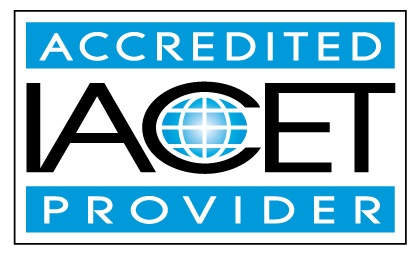Description
When providing manual wheelchairs, therapists and suppliers strive to improve their client’s function and independence. This can be achieved through a combination of choosing the correct equipment, configuring the equipment properly, and teaching the client the best propulsion methods for them.
Learning Outcomes:
1. The participant will be able to list three common injuries to manual wheelchair users as a result of self-propulsion.
2. The participant will be able to list five important measurements on a wheelchair that can affect repetitive stress injury risk.
3. The participant will be able to list two ways to assess manual wheelchair propulsion.
Lauren Rosen has been active in DME prescription for adults and children for 20 years. She works with clients with varied disabilities and prescribes manual wheelchairs frequently. She works with athletes who use wheelchairs and has seen the effects of properly and improperly fitting equipment on function. She is an author of four RESNA positions papers including the RESNA Position on the Application of Ultralight Manual Wheelchairs and the RESNA Wheelchair Service Provision Guide. She has lectured at conferences such as RESNA, International Seating Symposium, Canadian Seating and Mobility Conference and written articles on wheelchairs, seating and positioning, and standing. She lectures on wheelchairs at The University of South Florida School of Physical Therapy. She is a past member of the RESNA Board of Directors.


